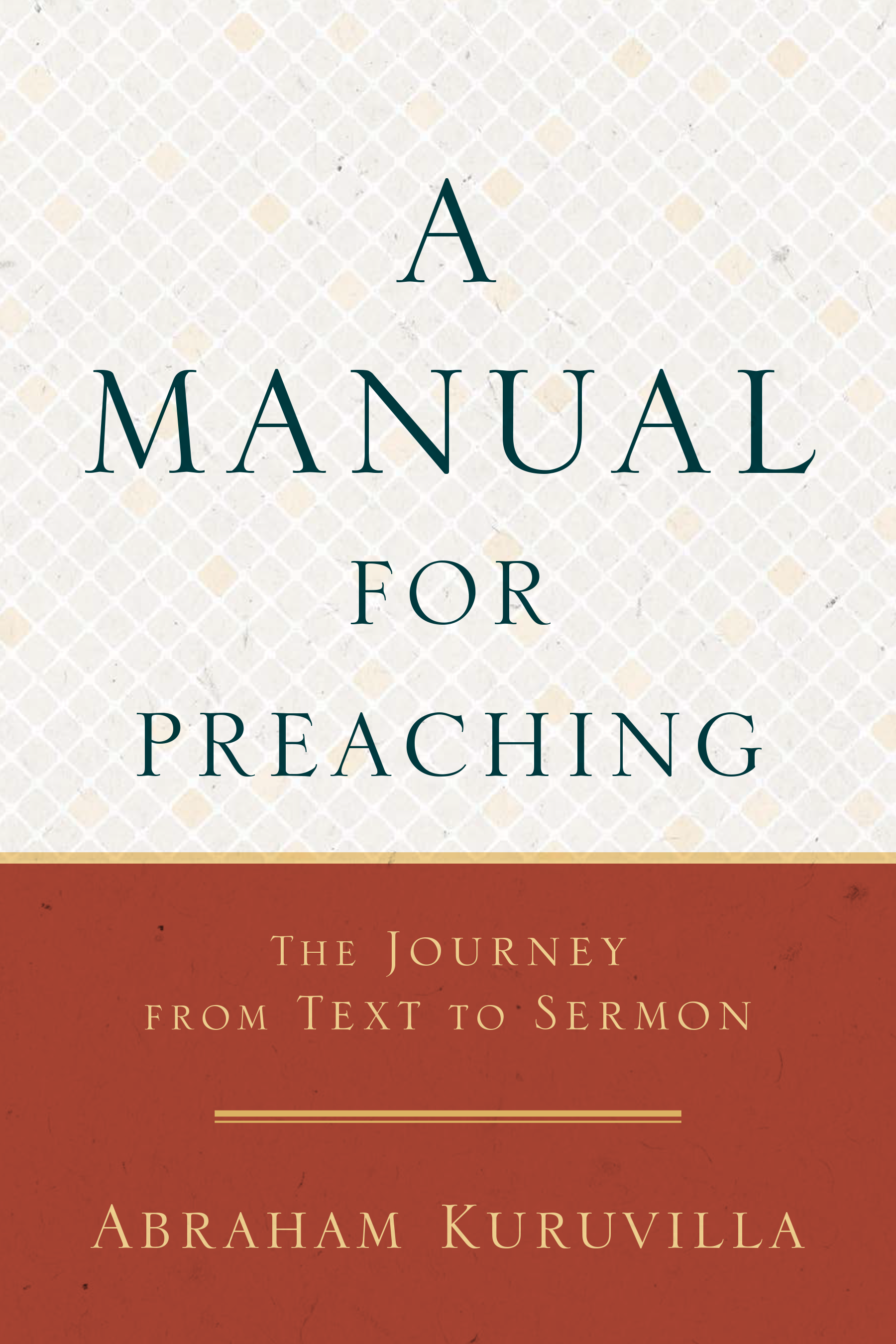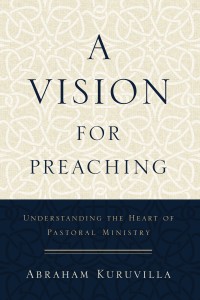Eyes!

Last week it was announced that surgeons in New York had performed the first-ever whole-eye transplant in a human, an accomplishment being hailed as a breakthrough.
The patient was Aaron James, a 46-year-old military veteran from Arkansas who survived a work-related high-voltage electrical accident that destroyed the left side of his face, his nose, his mouth and his left eye.
Dr. Eduardo Rodriguez, who headed the team at NYU Langone Health said:
The mere fact that we transplanted an eye is a huge step forward, something that for centuries has been thought about, but it’s never been performed.”
Initially, doctors were just planning to include the eyeball as part of the face transplant for cosmetic reasons, but they decided to replace the whole eye, including the retina, a surgical operation that took 21 hours.
And, in the six months since the surgery, performed during a partial face transplant, the grafted eye has shown important signs of health, including well-functioning blood vessels and a promising-looking retina. The eye, it seems, is “alive.” However, the patient has not regained sight in the eye, for the living eye is apparently not communicating with the brain through the optic nerve. That, is hoped for, of course.
Dr. Rodriguez:
If some form of vision restoration occurred, it would be wonderful, but… the goal was for us to perform the technical operation and have the eyeball survive.”
That goal was met.
To encourage healing of the connection between the donor and recipient optic nerves, surgeons harvested adult stem cells from the donor’s bone marrow and injected them into the optic nerve during the transplant, hoping they would replace damaged cells and protect the nerve.
Rodriguez, MD, again:
Other research teams are developing ways to connect nerve networks in the brain to sightless eyes through insertion of electrodes, for example, to allow vision. If we can work with other scientists that are working on other methods of restoring vision or restoring images to the visual cortex, I think we’re one step closer.”
Said our patient James, who, knew he might not regain vision in the transplanted eye:
The doctors never expected it to work at all, and they told me that from the get-go. I told them, even if I can’t see … maybe at least you all can learn something to help the next person. That’s how you get started. Hopefully this opens up a new path.”
But what do we really need to turn our eyes to?
My eyes are constantly toward Yahweh,
for He—He brings forth my feet from the net.
Psalm 25:15
To You I have lifted up my eyes—
the one who sits [enthroned] in the heavens.
Behold, as the eyes of servants [are] to the hand of their masters,
as the eyes of a maidservant [are] to the hand of her mistress,
so our eyes [are] to Yahweh, our God,
until He is gracious to us.
Psalm 123:1–2
To God, and to his word, we direct our eyes:
The precepts of Yahweh are right, rejoicing the heart;
the commandment of Yahweh is pure, enlightening the eyes.
Psalm 19:8
Uncover my eyes, and I will regard
wonderful things from Your law.
Make my eyes turn away from looking at worthlessness;
in Your ways make me live.
My eyes have been [up] early, [in] the night watches,
to muse on Your utterance.
Psalm 119:18, 37, 148
That’s when our eyes are really, really seeing!
And in turn, God’s eyes—
The eyes of Yahweh are toward the righteous,
and His ears to their cry for help.
Psalm 34:15
SOURCE: MedScape












 Abe Kuruvilla is the Carl E. Bates Professor of Christian Preaching at The Southern Baptist Theological Seminary (Louisville, KY), and a dermatologist in private practice. His passion is to explore, explain, and exemplify preaching.
Abe Kuruvilla is the Carl E. Bates Professor of Christian Preaching at The Southern Baptist Theological Seminary (Louisville, KY), and a dermatologist in private practice. His passion is to explore, explain, and exemplify preaching.